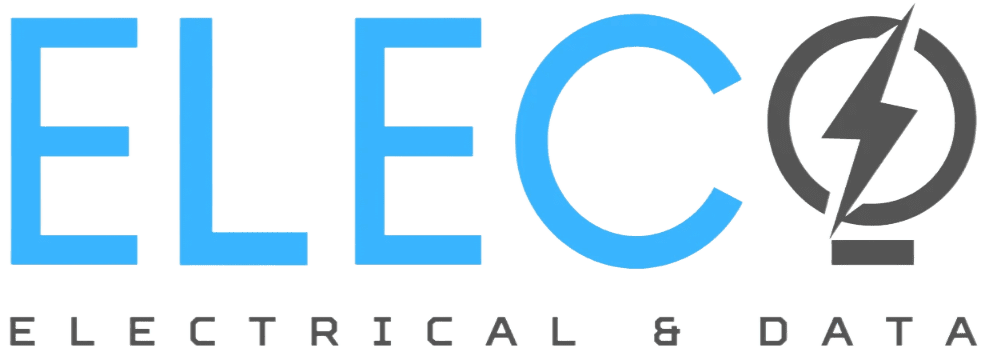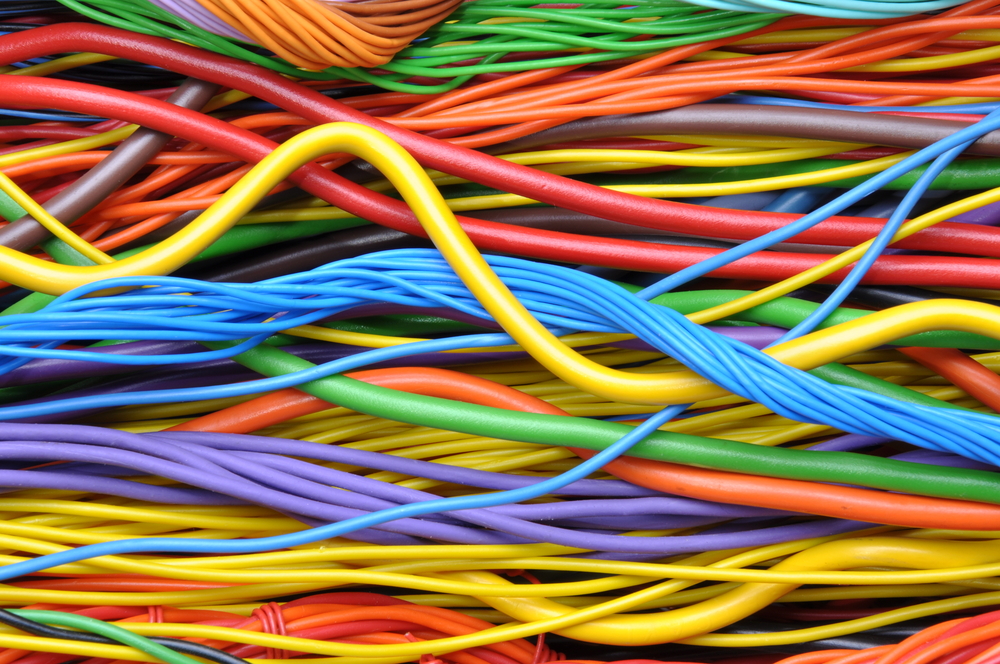Understanding Electrical Wire Colour Codes in Australia
In Australia, electrical wiring must follow strict colour coding standards to ensure safety, functionality, and legal compliance. Whether you’re working on home renovations, commercial installations, or simply replacing a power plug, knowing the correct electrical wire colour codes is essential.
From live and neutral wires to earth and three-phase systems, this guide will help you understand how electrical wires are colour coded across Australia — and what to watch out for when working with older or legacy wiring.
Let’s break it down.
Why Are Wire Colours Important?
Wire colours are not just for convenience — they’re a safety necessity. Incorrect wiring can lead to short circuits, damage to equipment, or even electrical fires.
In Australia, all electrical installations must meet the AS/NZS 3000 Wiring Rules. These rules standardise the colour codes for electrical wires, making it easier for electricians and homeowners alike to identify live, neutral, and earth conductors correctly.
Using colour-coded wires ensures:
- Faster, safer electrical installations
- Easier fault detection and repairs
- Compliance with Australian electrical standards
- Reduced risk of electric shock
Current Standard Wire Colours in Australia
Australia follows a standard colour code system for single-phase wiring, commonly found in residential homes and small businesses.
| Wire Type | Colour (New Standard) | Function |
|---|---|---|
| Active | Brown | Carries current (Live wire) |
| Neutral | Blue | Returns current |
| Earth | Green/Yellow striped | Safety/grounding wire |
These colour codes apply to general light wiring, household circuits, power points, and most 240V installations.
If you’re asking: “Is the blue wire positive or negative?” — the answer is: blue is the neutral wire in Australia. Brown is active (live), and green/yellow is the earth (ground).
Old vs New Wire Colour Codes (Australia)
Working on an older home or commercial property? You might come across outdated wiring colours.
| Wire Type | Old Colour Code | New Colour Code |
|---|---|---|
| Active | Red | Brown |
| Neutral | Black | Blue |
| Earth | Green | Green/Yellow |
If you’re unsure whether your property uses old or updated wiring, always test wires using the correct tools — or better yet, hire a licensed electrician.
⚠️ Important: Never assume colours alone. Visual inspection isn’t always enough. Always verify with a voltage tester.
240V Wire Colours Australia
Most homes in Australia are wired using a 240V supply. The colour coding is consistent with the single-phase wiring mentioned above:
- Active (Live): Brown
- Neutral: Blue
- Earth: Green/Yellow
This applies to lighting, general power outlets, and many appliances.
If you’re wiring a 240V plug, the same rules apply. Many plug wiring diagrams will reflect this layout — brown for active, blue for neutral, and green/yellow for earth.
Three-Phase Wiring Colours (Australia)
Three-phase systems are typically used in commercial and industrial setups where more power is required — such as large air conditioners, commercial kitchens, and factories.
Here are the three-phase colour codes:
| Wire Type | Colour (New Standard) |
|---|---|
| Phase 1 | Brown |
| Phase 2 | Black |
| Phase 3 | Grey |
| Neutral | Blue |
| Earth | Green/Yellow |
Older installations may use red, white, and blue for phases, and black for neutral — so it’s essential to confirm the system in place before connecting new devices or extensions.
Plug Wiring in Australia
If you’re rewiring or replacing an Australian power plug, here’s how the wires are typically arranged:
- Brown: Active (left pin)
- Blue: Neutral (right pin)
- Green/Yellow: Earth (top pin)
This is standard for 3-pin Australian plugs and aligns with AS/NZS 3112.
Always double-check with a proper plug wiring diagram, especially when working with appliances, extension cords, or tools.
Common Mistakes with Wire Colours
Working with colour-coded wires can seem simple — until you encounter inconsistencies. Here are common mistakes to avoid:
- Assuming old colours match new standards
- Reversing neutral and active wires (a serious safety risk)
- Mixing up earth and neutral
- Using international colour codes (e.g. US or UK) in Australia
If you’re unsure, always refer to a qualified electrician. DIY wiring that doesn’t comply with AS/NZS standards can be illegal and dangerous.
Electrical Wire Colours: Key Takeaways
Here’s a quick summary of everything covered:
- Brown = Live (Active)
- Blue = Neutral
- Green/Yellow = Earth
- Old systems may use Red (live), Black (neutral), and Green (earth)
- 3-phase wiring introduces Black and Grey for additional live wires
- Australian standards are governed by AS/NZS 3000
FAQs: Australian Electrical Wiring Colours
🟤 What is the colour of the live wire in Australia? Brown in modern wiring. Red in older installations.
🔵 What colour is the neutral wire? Blue in current standards. Previously black.
🟢 What colour is the earth wire? Green and yellow striped (used to be solid green).
🟠 Are the blue and brown wires positive or negative? In AC wiring (used in homes), there’s no positive/negative like in DC systems. Brown is active, blue is neutral.
⚫ What are the wire colours for 3-phase connections? Brown (L1), Black (L2), Grey (L3), Blue (Neutral), Green/Yellow (Earth).
🔧 Can I rewire my own home? Legally, most electrical work must be done by a licensed electrician. DIY wiring can be dangerous and may void insurance.
🔌 What about wiring colour codes for plugs? They follow the same pattern: brown = active, blue = neutral, green/yellow = earth.
Final Thoughts
Whether you’re wiring a light switch, replacing a plug, or working on a commercial fit-out, understanding electrical wire colours in Australia is critical.
It’s not just about making connections — it’s about making the right connections, safely and legally.
Need help with residential, commercial, or industrial electrical wiring in Australia? The team at Eleco Electrical & Data is here to help. Our certified electricians ensure every connection is compliant, tested, and built to last.
Ready to book an inspection or installation?
👉 Contact the experts at Eleco Electrical & Data today.


